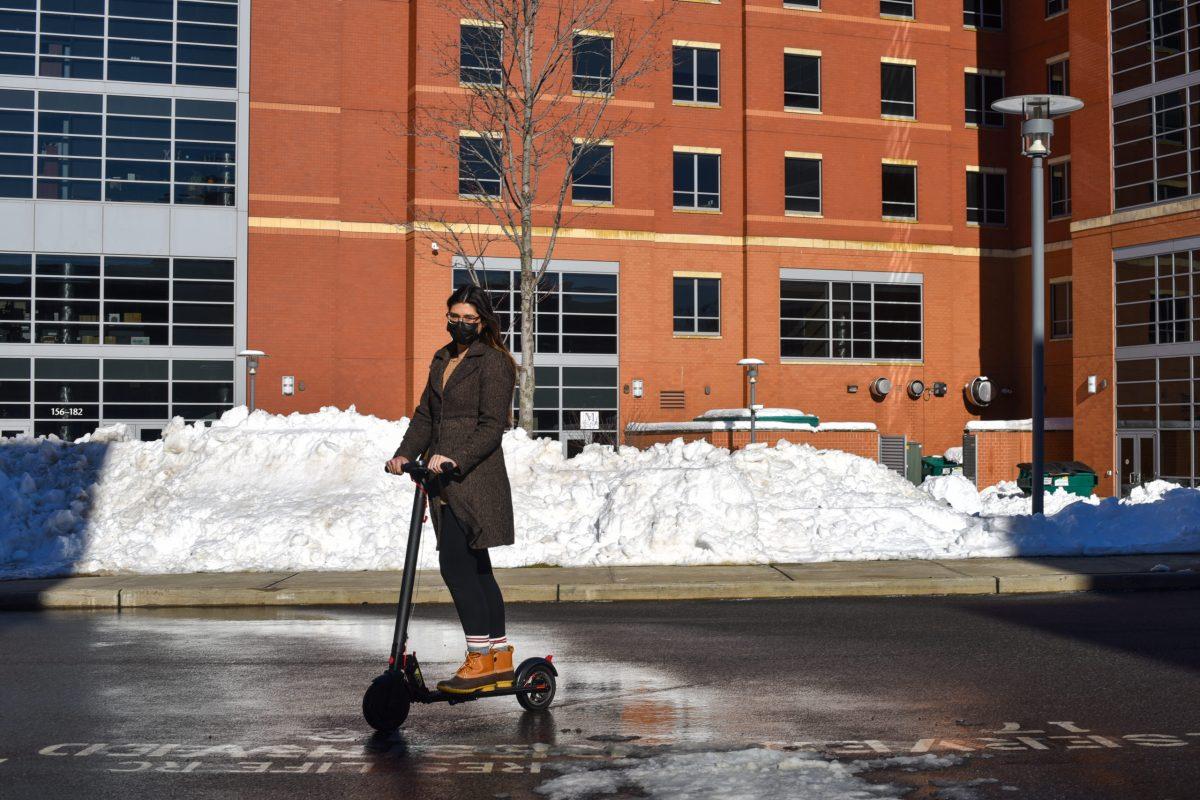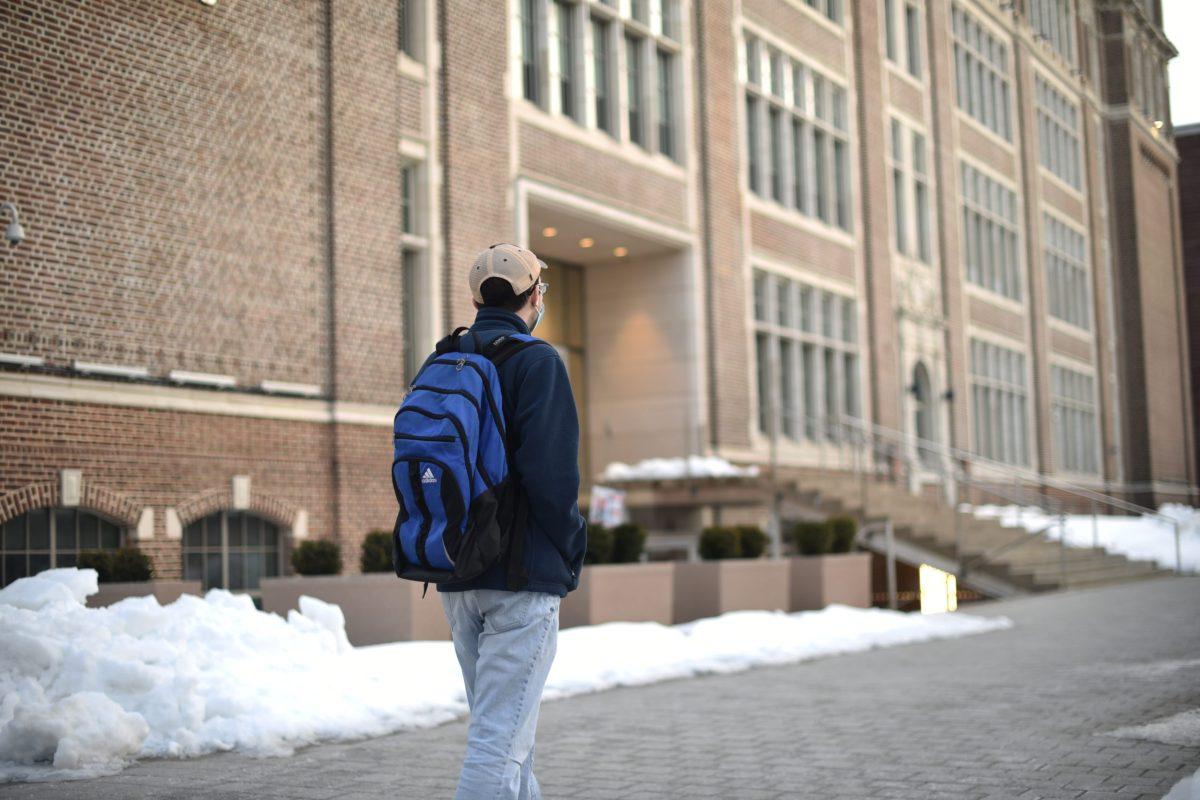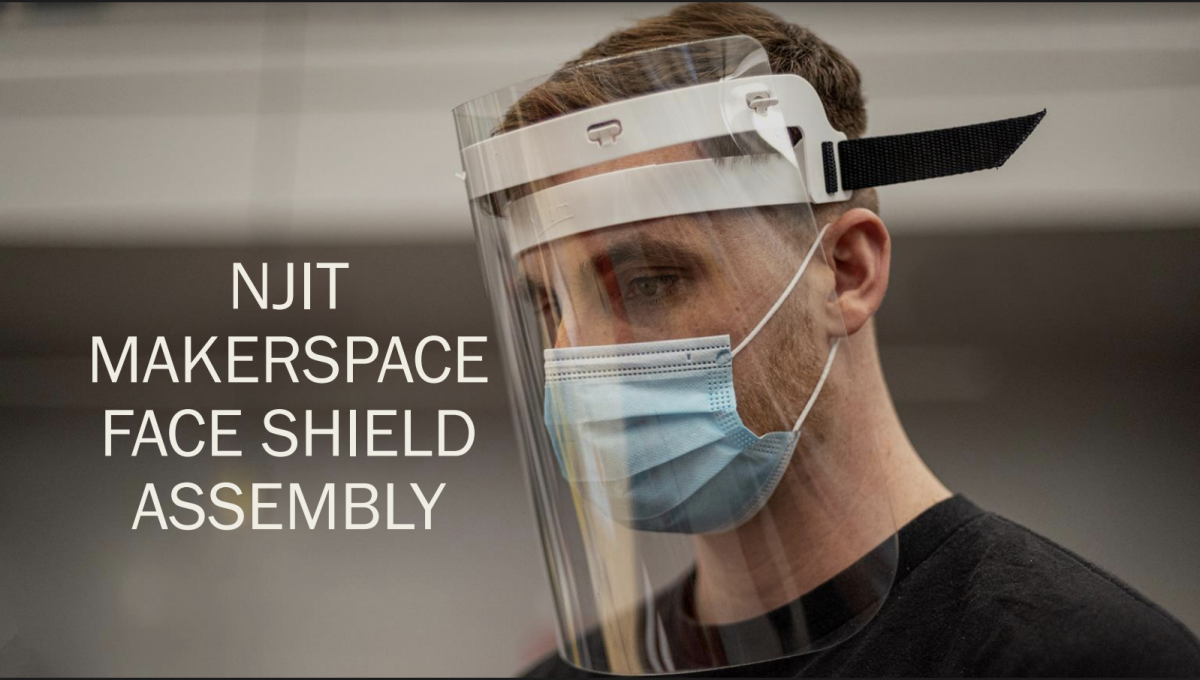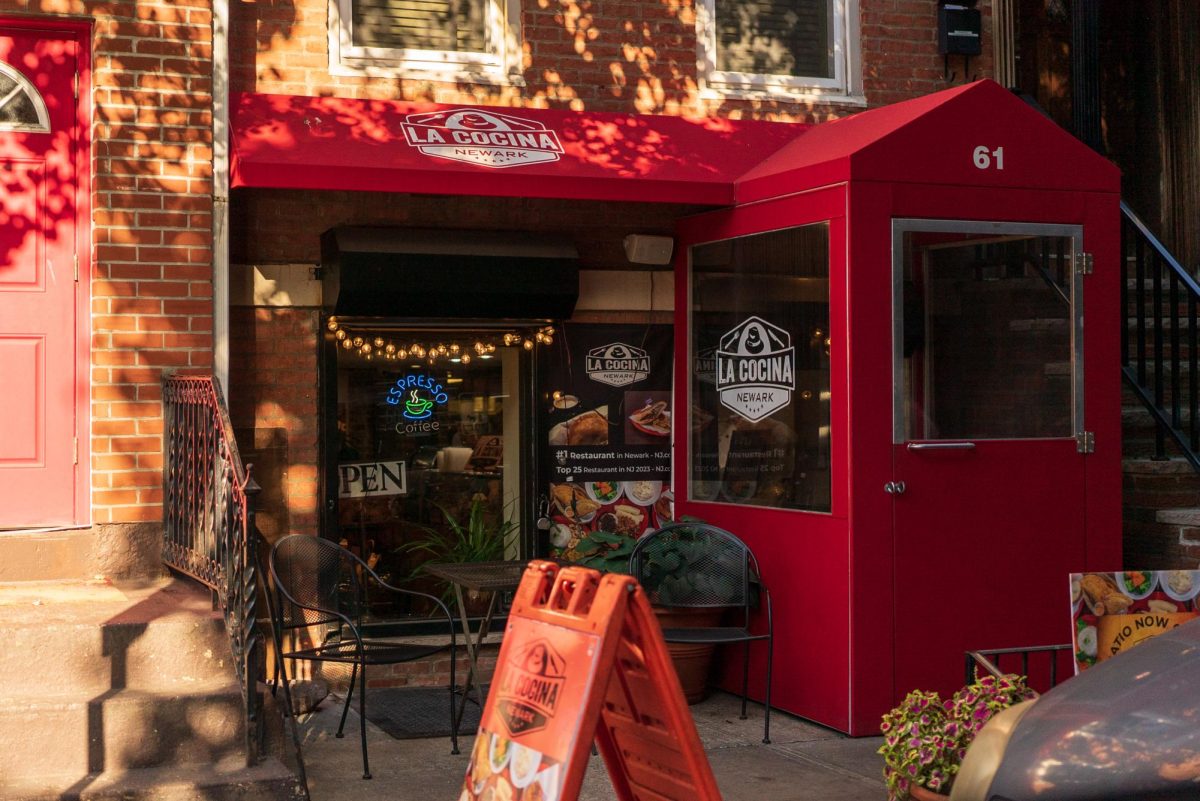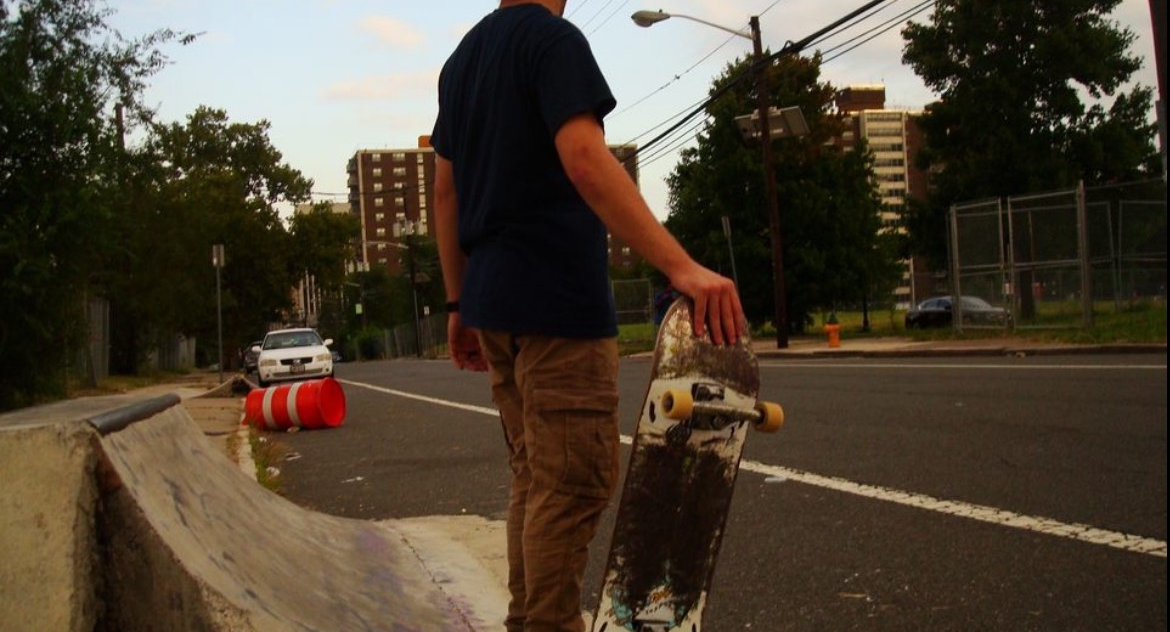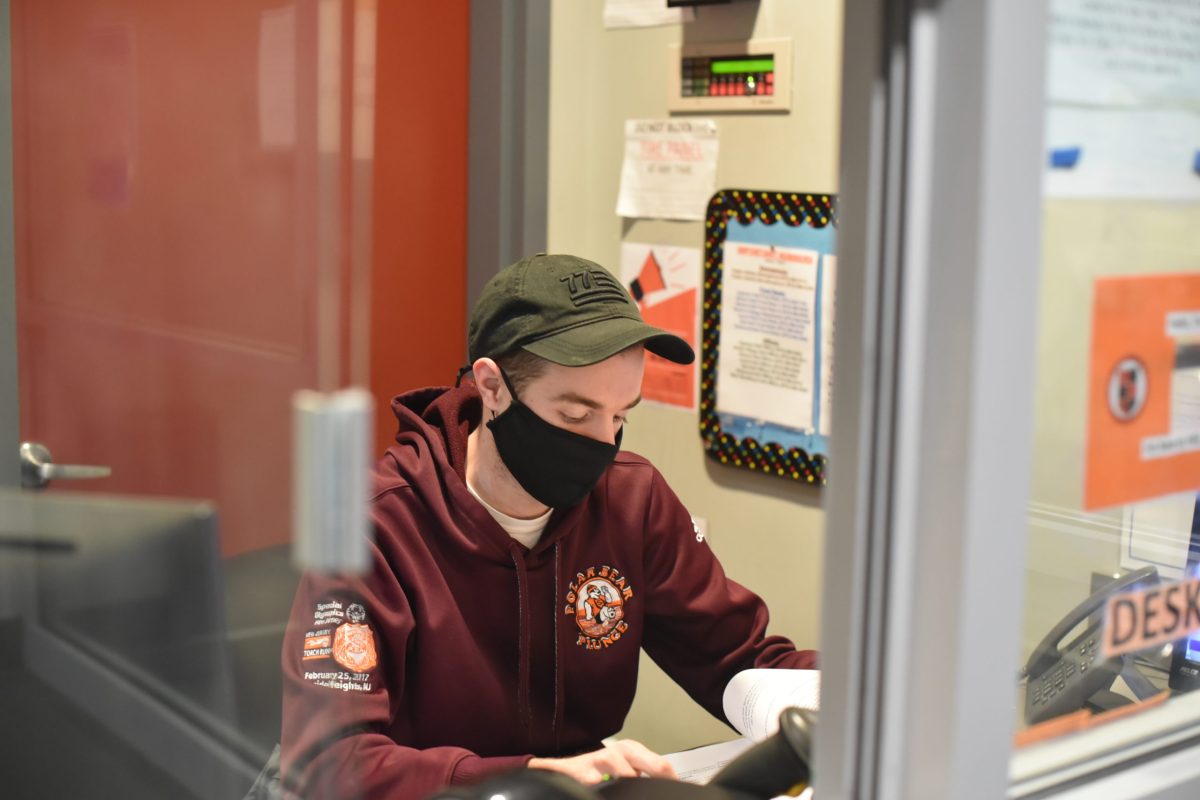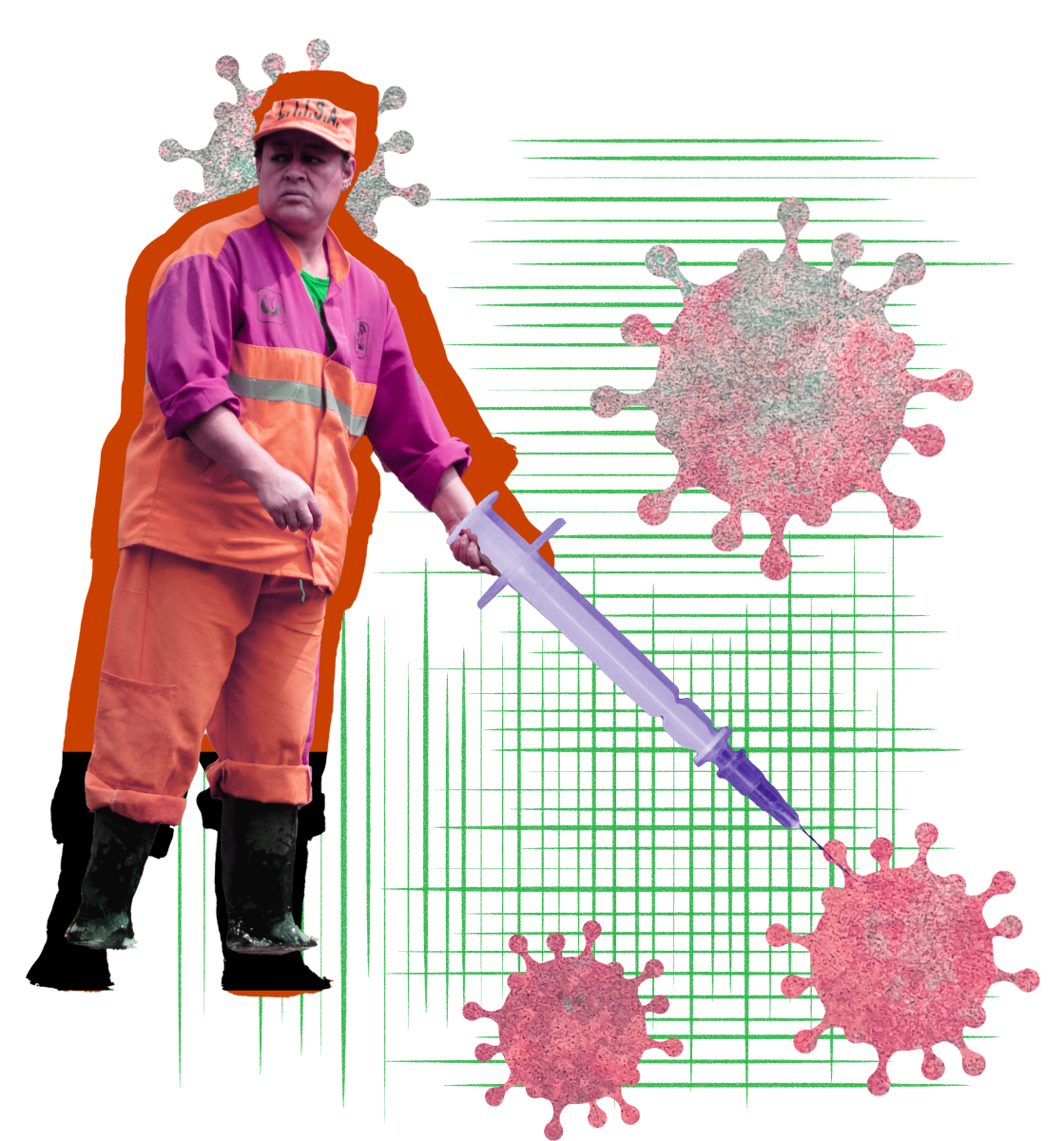Newark will soon begin a 6-month pilot program for an electric bicycle and scooter ride share initiative. The program, called NewarkGo, aims to target 10 high-traffic “fleet anchors” concentrated in the Downtown/University Heights areas, as well as 10 “equity zones” across the city selected due to factors such as long commute times and high rates of poverty.
Newark’s ride sharing system is dockless—bikes and scooters are recommended to be left upright, away from traffic and in a general zone, but do not have to be locked into a docking station. This move is intended to lower the cost of introducing a large amount of accessible vehicles into neighborhoods, and to allow the placement of the vehicles be fluid and influenced by local usage.
Some NJIT students, ahead of the curve, already own such electric scooters for getting to class or getting around Newark. George Aboudiwan, senior computer science major, said “I’ll take it to Penn…. Like a casual trip is 10 minutes. I’ll take it to Ironbound. Branch Brook is an easy trip on the scooter, you’ve just got to be mindful of the cars though because at 280, it’s a little… they’re not mindful there.”
The lack of mindfulness by city drivers is a key concern for many bike sharing programs. The bike crash rate measured in Newark from 2008-2013 was 2.8 per 10,000 citizens, while the percentage of commuters on bikes was 0.3%. However, both statistics are in line with the state average.
“Now during COVID-19 and quarantine,” Aboudiwan said, “there’s barely any cars, but even before then, it wasn’t too bad of a thing. If anything, you just pull off a little right. And they’re gonna swerve by you anyway…. They could be more mindful, that’s for sure. I mean, I’ve almost been hit a few times.”
A concern is that the addition of many new cyclists and scooters to roads that are not used to a large number of cyclists and scooters might spike these rates. However, the city has cited a good deal of research that points to the opposite effect, with a growing number of cyclists resulting in increased awareness from drivers and thus an increase in safety, called the “safety-in-numbers effect.”
Aboudiwan commented on this effect, saying that unlike suburban or rural drivers, drivers in Newark “expect people to be in the road. They expect people to be riding around.”
Kayla Mitchell, a senior biomedical engineering student, can also be seen riding her electric scooter across campus. “Once I learned to ride it,” Mitchell said, “I felt very safe…. I try to use the sidewalks whenever I can, if they’re not too crowded, but then if not, I’ll go on the shoulder of the road. And I do follow traffic laws, like whenever there’s been traffic lights I’ll always go with the flow of traffic.”
The city has stated that bicycles and scooters will not be allowed on sidewalks so long as the adjacent road has a speed limit of 30 miles per hour or less. Data from the trial period will, however, guide the city to high traffic areas where new bike lanes will be painted on.
Another concern is that helmets will not be mandated for any rider over the age of 18. Aboudiwan and Mitchell both admitted to not wearing helmets on their personal scooters, despite revealing that their scooters can reach speeds over 20 miles per hour when going downhill on Warren Street. The city made this decision to not require helmets since such requirements have been shown to reduce participation in such ride sharing programs, which in turn eliminates the safety-in-numbers effect. Newark hopes to offset such safety concerns by heavily encouraging helmet use and distributing free helmets as part of its community outreach. The results of these efforts will be tested during the 6-month period.
The city hopes that these bikes and scooters may serve as overflow for current public transportation methods, and as a supplement for areas of the city that have no access to public transport. It may shorten the commutes of Newark residents, which have nearly doubled in the last decade, especially in areas like the West and South Wards which do not have access to the Newark Light Rail system. This is in addition to the potential benefits to the environment and to health and wellness.
One key aspect is the role it may play, at least during its pilot rollout, in mitigating COVID-19. By giving an alternative to public busses and trains, the city hopes to minimize the time that citizens spend in close proximity to each other while still allowing those without cars to travel. “It’s fast,” Mitchell said of her scooter, “I mean the Light Rail is fast too, but also [with the scooter] you don’t have to be up against everybody on the Light Rail. You know, social distancing.”
Each bike will be equipped with a GPS tracker to recover stolen bikes, and the city places the responsibility of tracking and damage prevention on the e-bike and e-scooter firms themselves. To avoid the accumulation of bikes in high density areas, as well as improperly parked bikes, the city will rely on company compliance officers to randomly monitor bikes to ensure they are properly parked and distributed. Additionally, vehicles will be unable to leave the city limits due to the geolocking software installed on the bikes and scooters. While this will likely hold for the duration of the pilot, if the program continues Newark has expressed interest in working with neighboring towns to expand cycling range.
Residents may also find bikes in short supply in the initial roll out. In order to avoid oversaturation, the city has placed temporary caps on the number of bikes to be distributed. However, these caps should rise over time if high demand and proper corralling of vehicles can be demonstrated.
While the city has not yet released clear details on the companies that will be involved in the pilot program and the number of vehicles that they intend to release, they seem committed to a 2021 launch.
“I think there is interest in the community,” Aboudiwan said. “Like whenever I go to Shoprite, whenever I go to Penn, every trip I get someone asking me about my scooter like, ‘oh, where’d you get that from? Where can I get it from? How much is it? Is it worth it?’ Like yeah, I always recommend it. So there is interest within like, the broader Newark community.”
Mitchell, a supporter of Newark’s decision to introduce the NewarkGo program, called her scooter “the best investment I’ve made, for sure.”



























